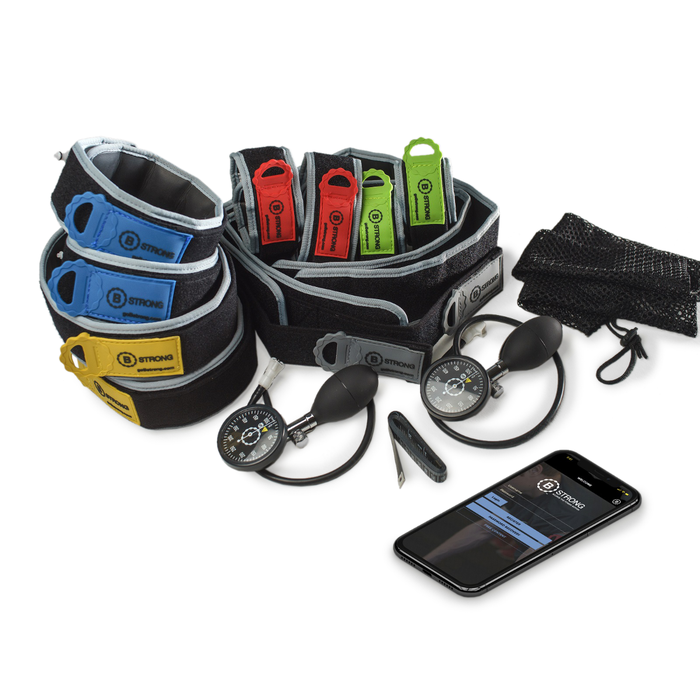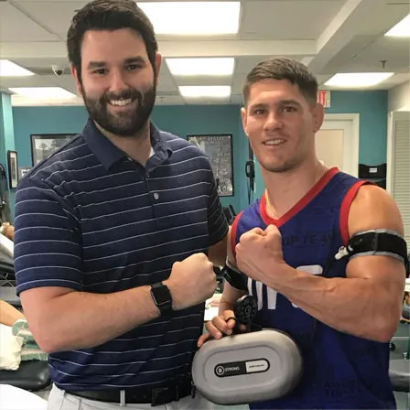INCREASE MUSCULAR STRENGTH IN ADOLESCENTS WITH BLOOD FLOW RESTRICTION TRAINING
THE EFFECTS OF PRACTICAL BLOOD FLOW RESTRICTION TRAINING ON ADOLESCENT LOWER BODY STRENGTH.
Luebbers PE1, Witte EV, Oshel JQ.J Strength Cond Res. 2017 Oct 27. doi: 10.1519/JSC.0000000000002302.
CONCLUSION
In this study the authors compared a back squat exercise for adolescents using low load BFR as compared to traditional weight lifting and found a greater increase in strength in the BFR group. They found greater strength gains in the adolescent group and point out that because there is reduced muscle damage, this may be a more tolerable form of strength training for youth.
They write:
“While both high-load traditional resistance training and low-load practical BFR resistance training can potentially increase muscular strength in adolescents, BFR may offer unique elements that could be appealing to teachers and coaches of this age group. High-load training typically induces some degree of muscle damage, which may cause short term muscular soreness (both acute and delayed) as well as diminished performance and function (27). Conversely, low-load BFR has been demonstrated to increase muscular strength without causing muscle damage. The present study is the first to indicate that low-load, practical BFR resistance training may also be an effective means for increasing muscular strength in adolescents.” – Luebbers PE1, Witte EV, Oshel JQ.












